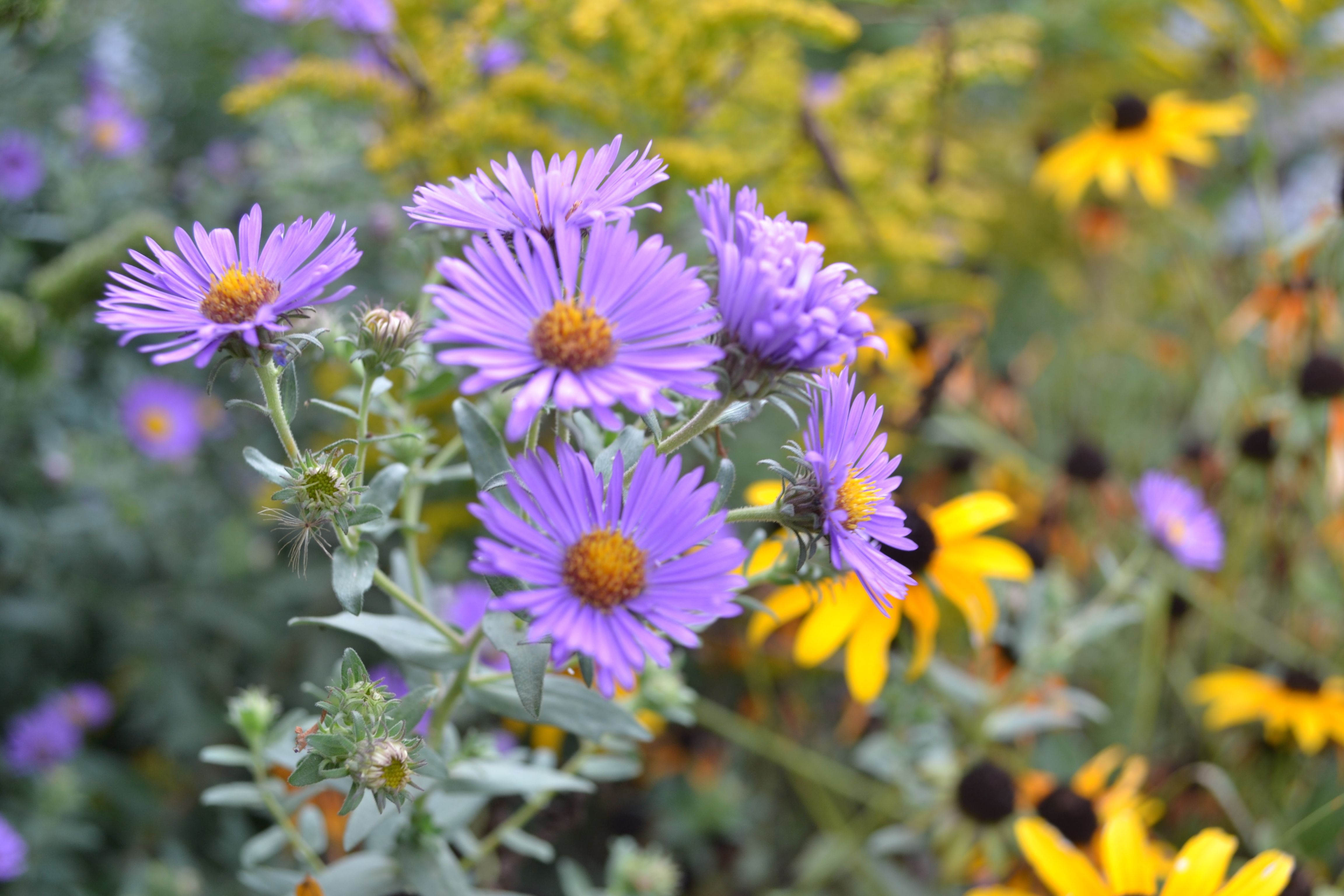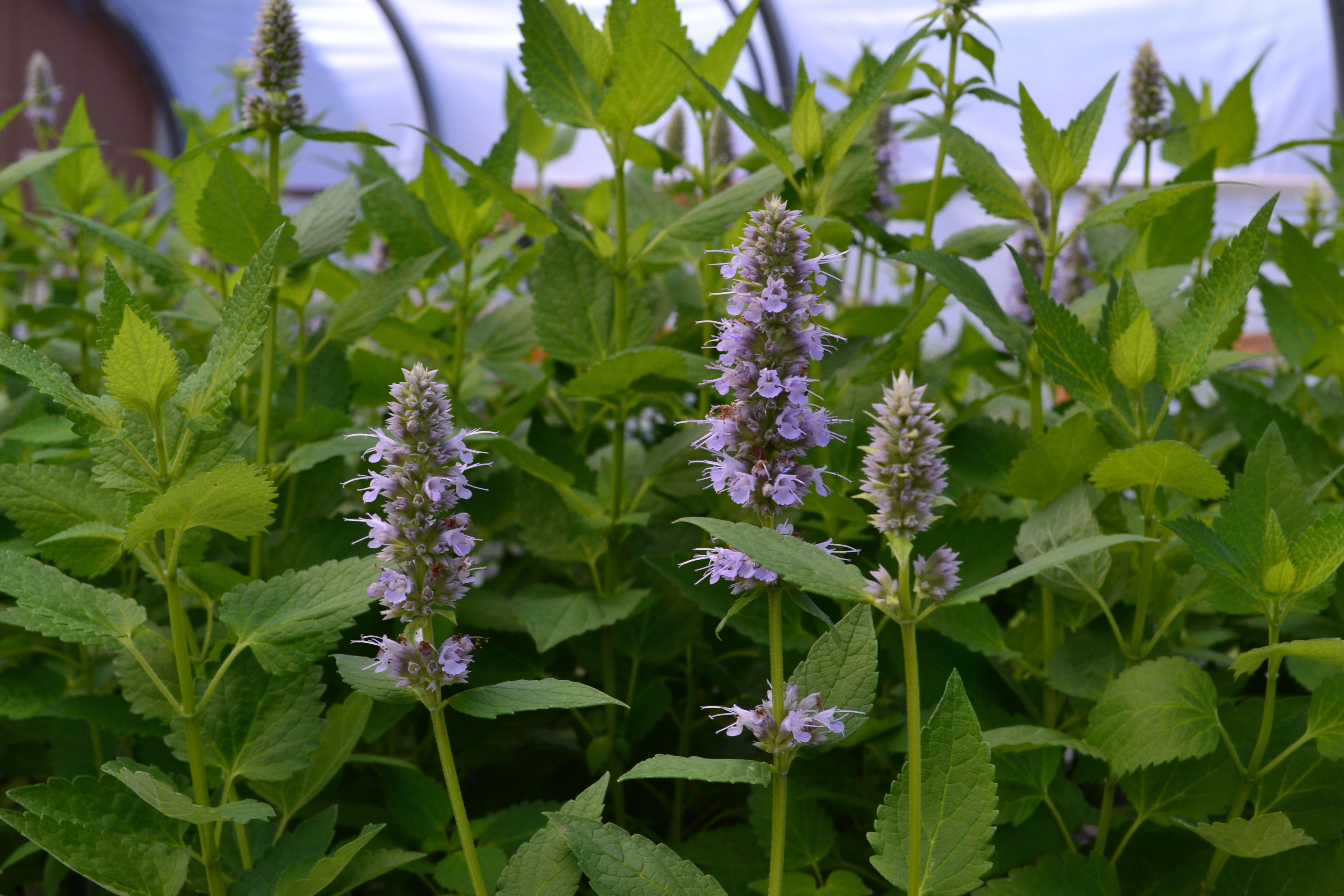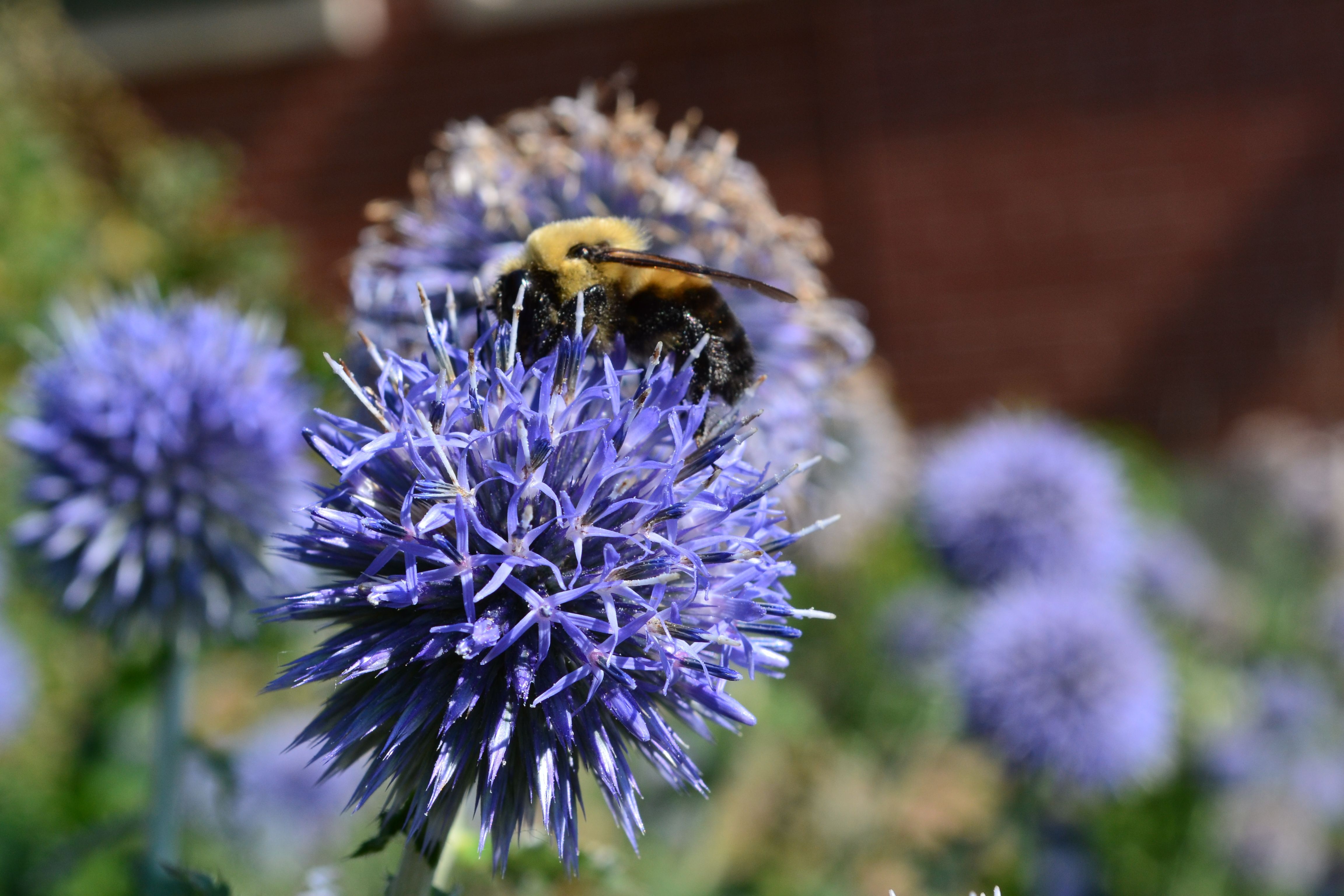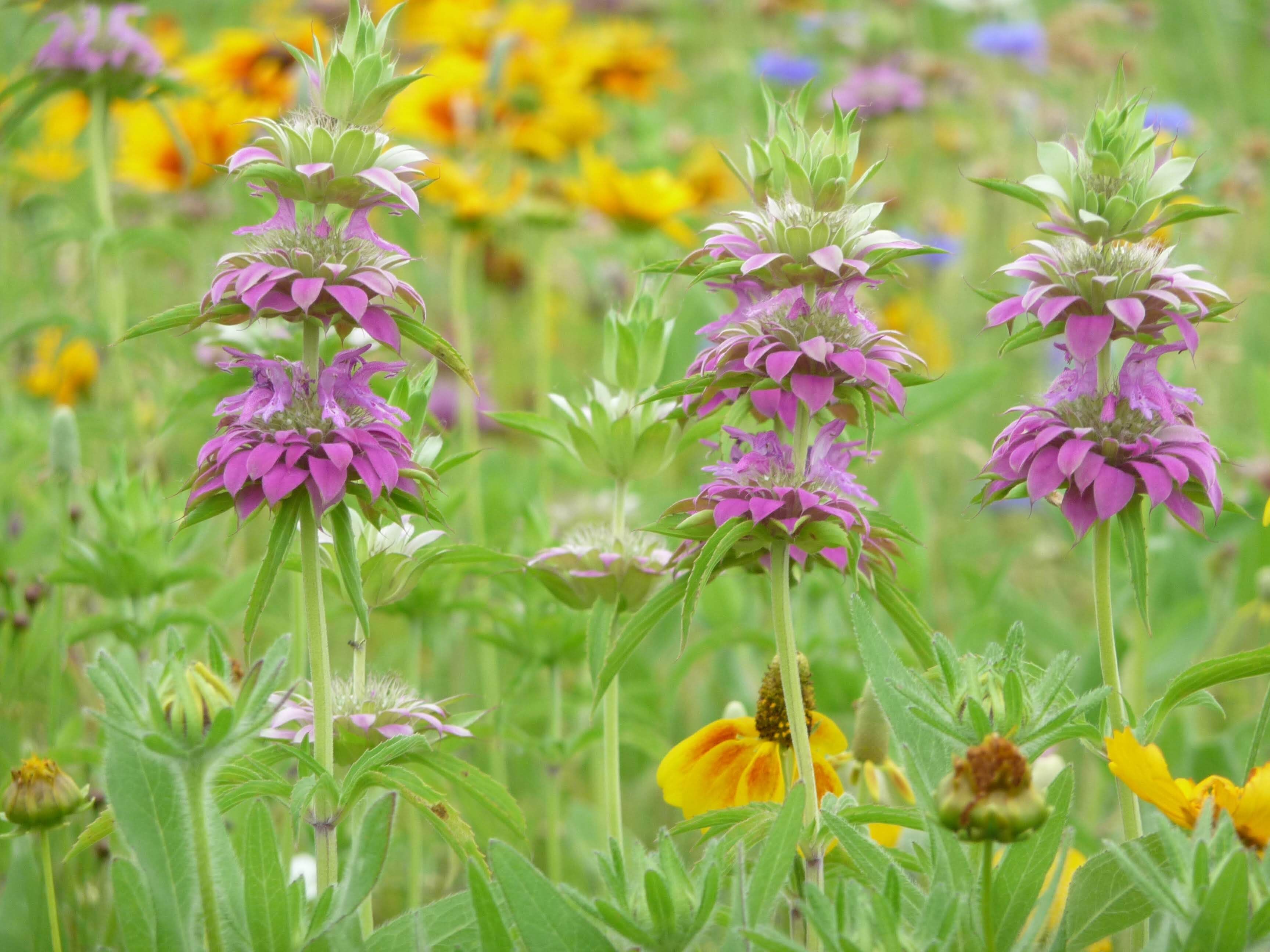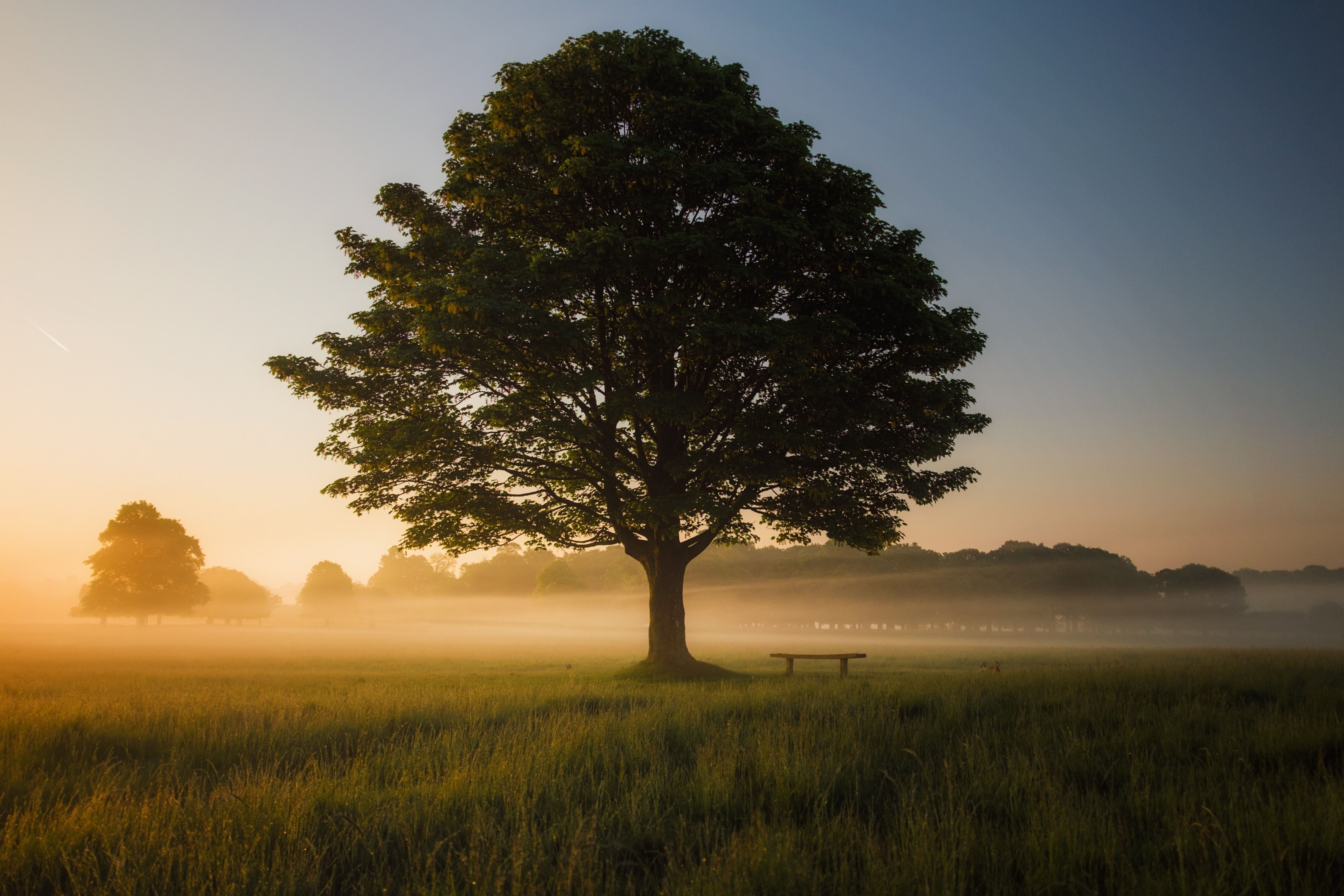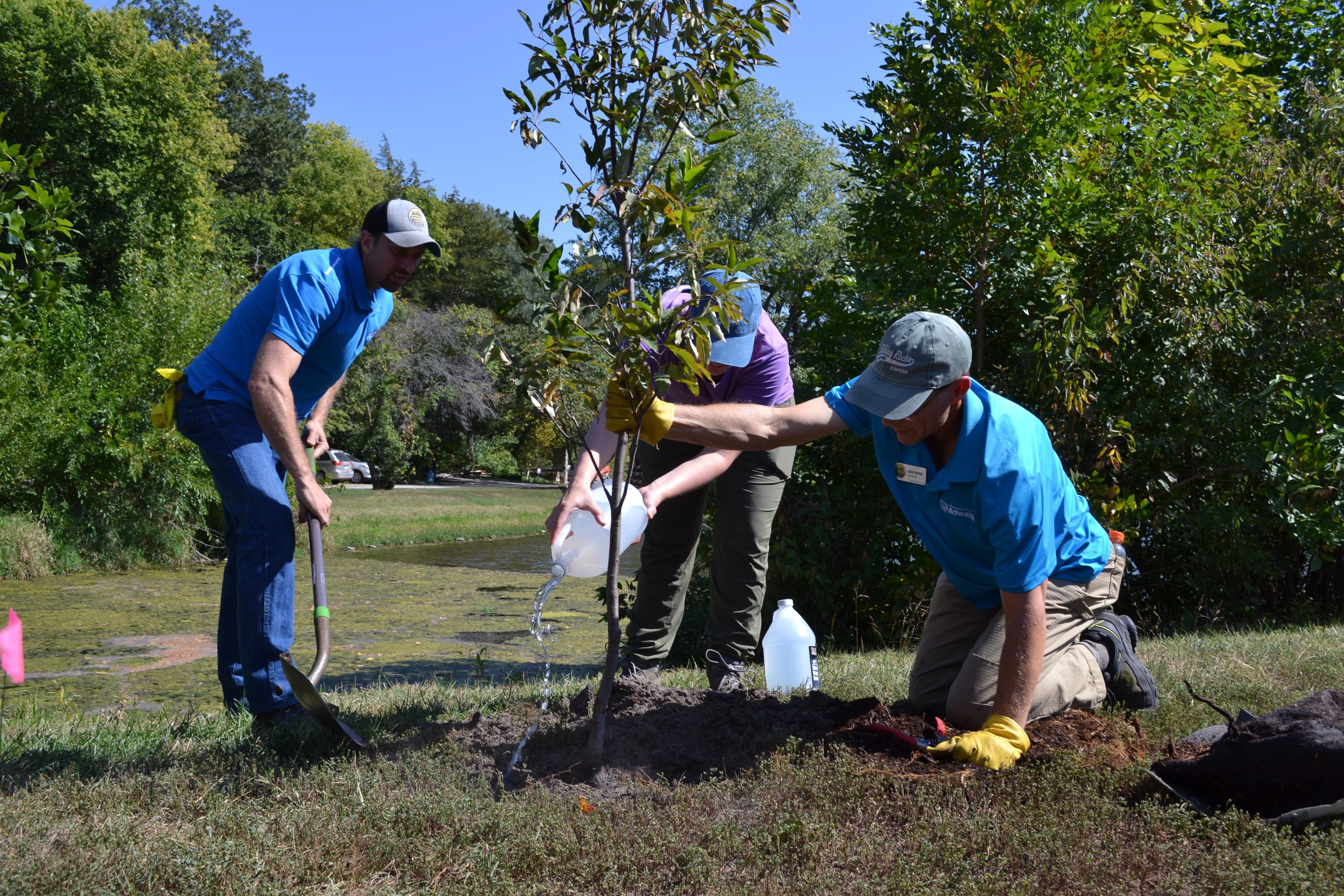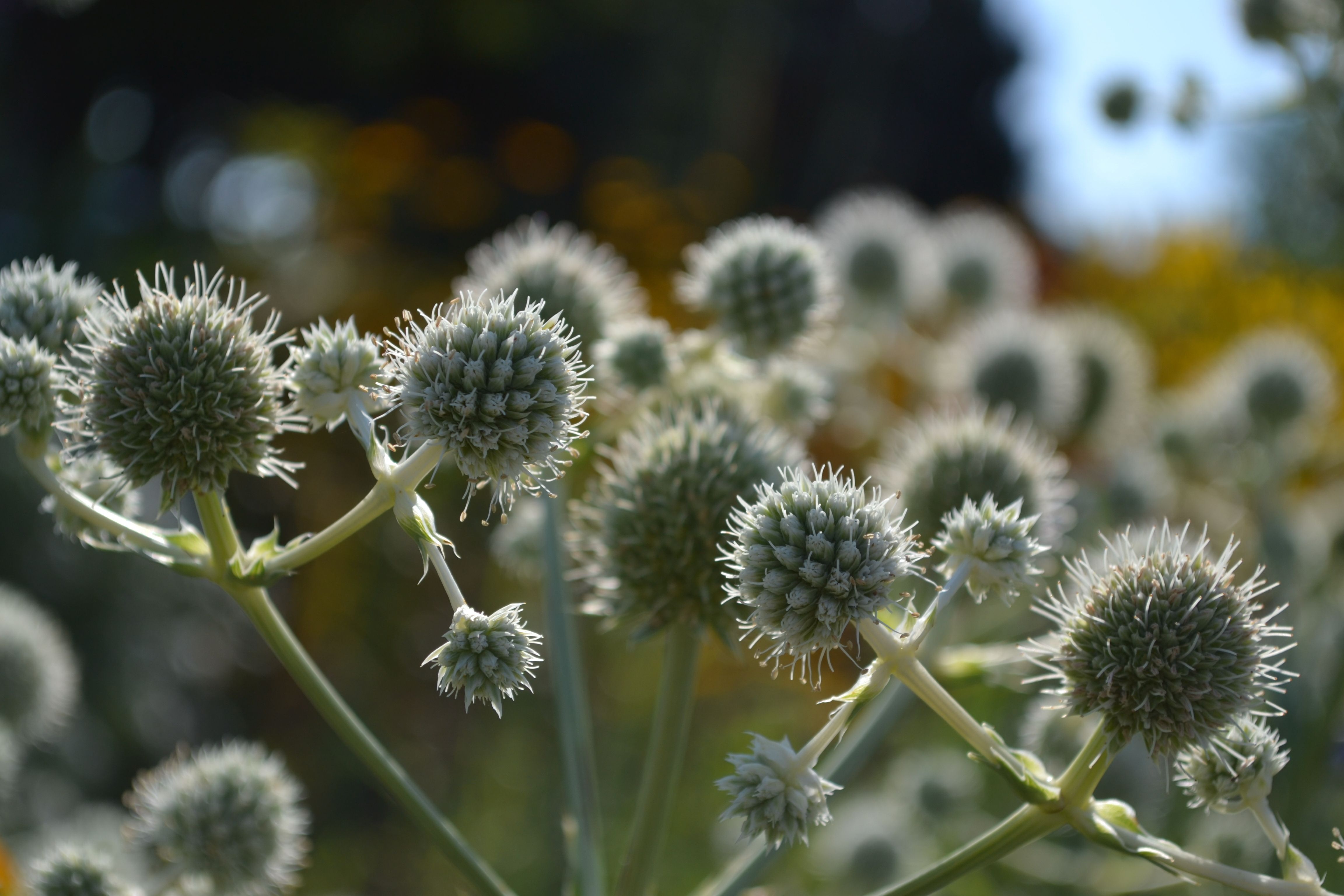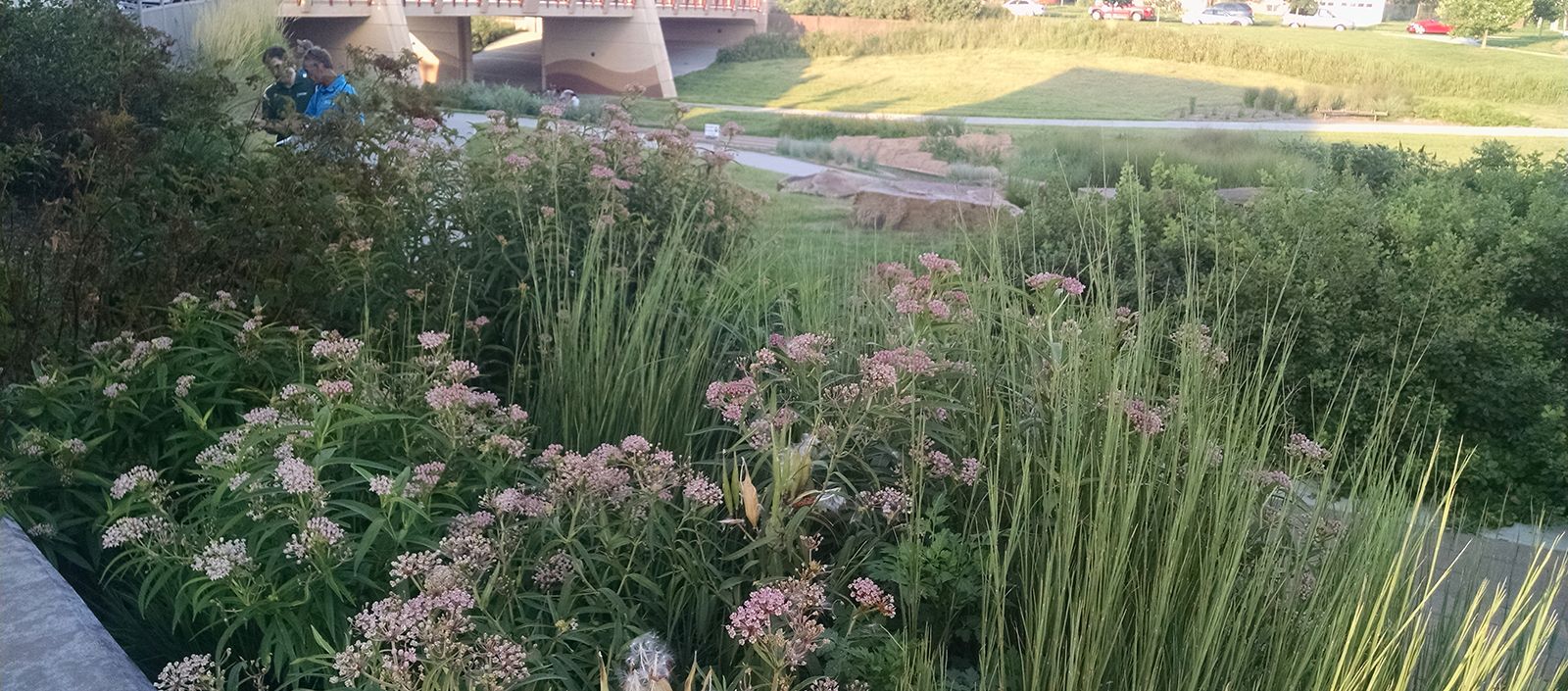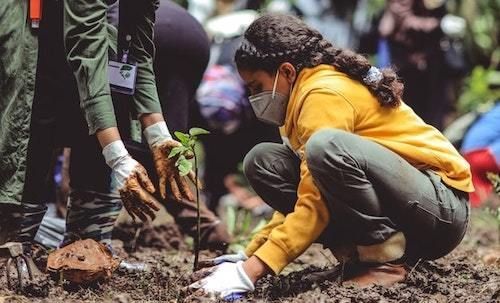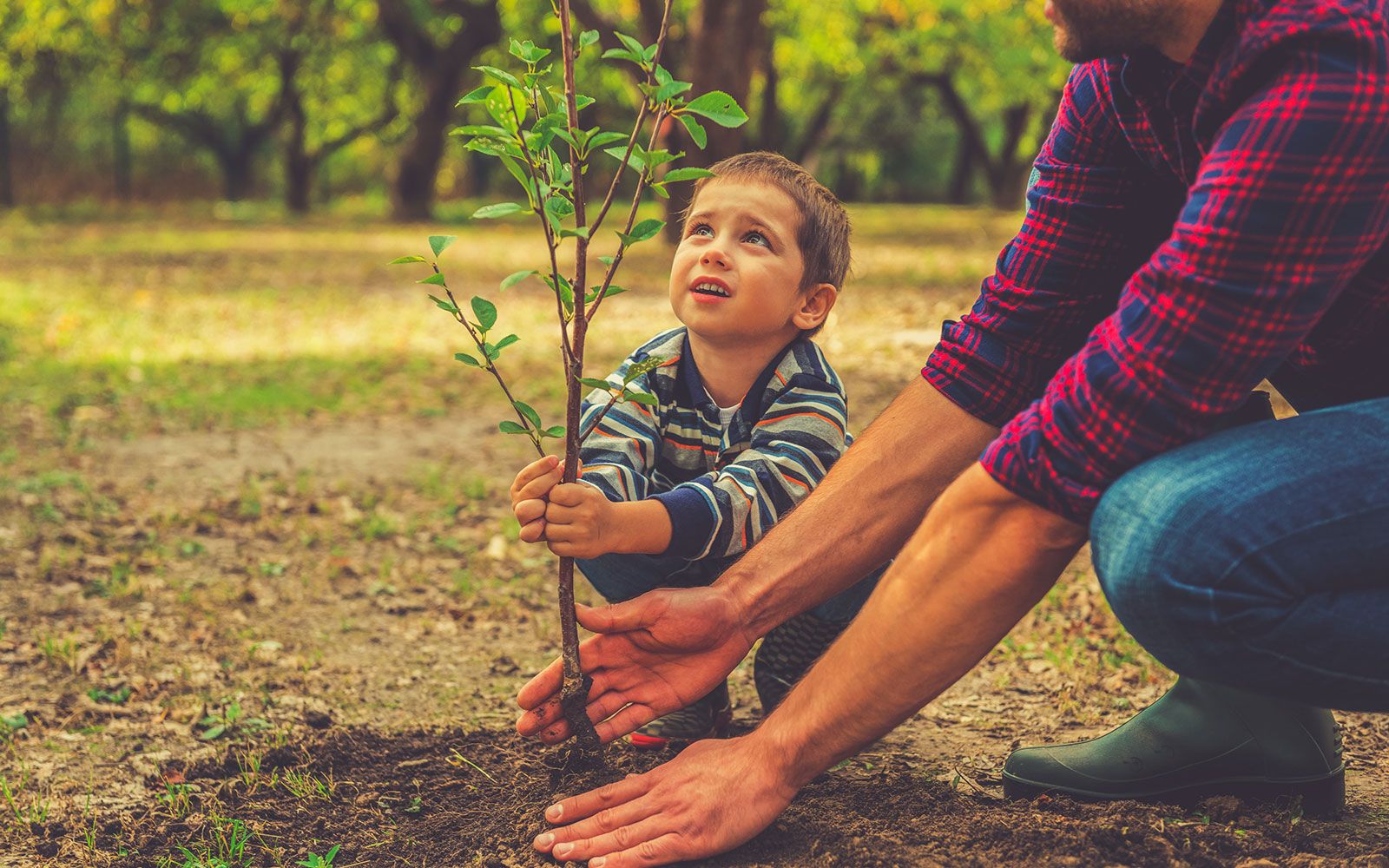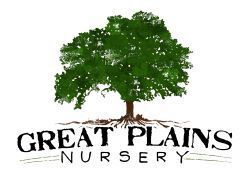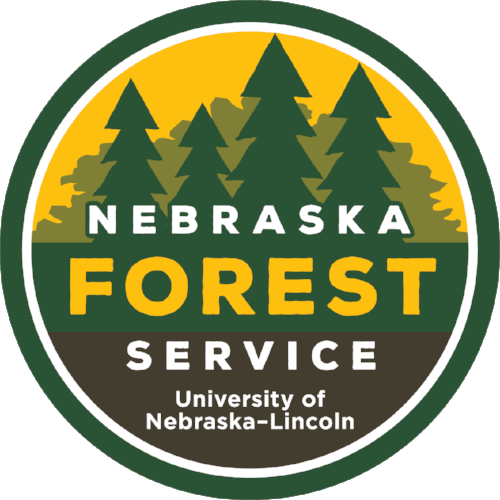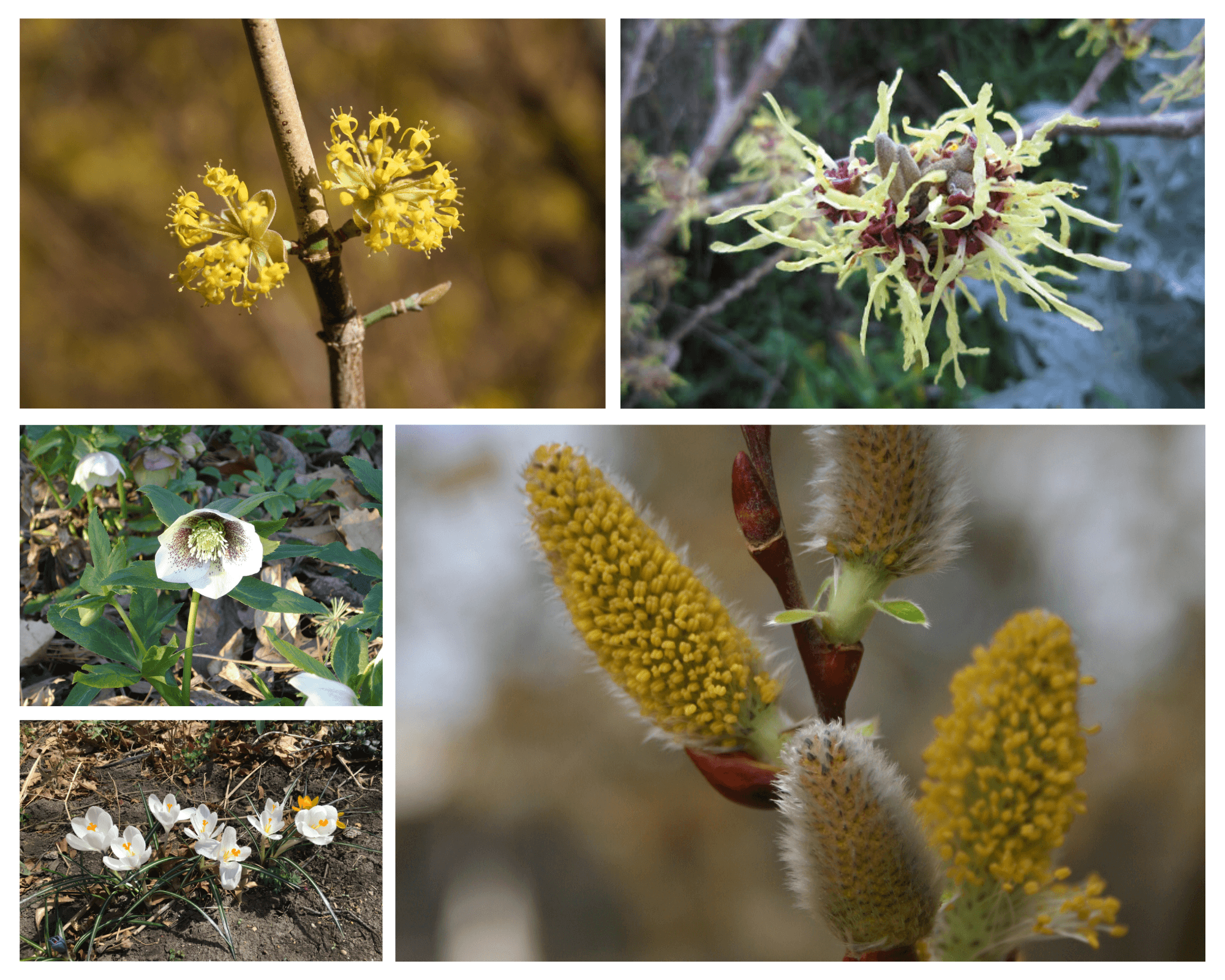
Early bloomers pictured in photo collage, clockwise: Cornelian cherry dogwood (Cornus mas), witch hazel (Hamamelis virginiana L.), American pussy willow (Salix discolor), Lenten rose (top) (Helleborus orientalis) and crocus (bottom).
For the past few years, I have been recording when I first observe blooms, insects and other signs life arriving in the landscape. Their arrival is notable for the joy that they bring, acting as emissaries of the welcome change from winter to spring. Additionally, noticing early blooms and insects has coached me to become more in tune with the natural cycles of our environment. This tuning helps to discern the subtle arrival of the season and the diversity of small changes that occur before spring’s beauty is fully revealed in April and May.
::
Feb 20, 2020 - Maples run sap; begin tapping
Feb 26, 2021 – First insect sighting of the year, a swarm of small flies in the forest
::
Scientists refer to the study of these changing seasonal natural phenomena as the science of phenology. This study also encompasses larger investigations into species lifecycles and how they are affected by surrounding ecosystems, elevation and climate. For example, the aspect, or direction a garden bed or slope faces, can have a big influence on when it warms up in spring. Gardens in the northern hemisphere on a south-facing slope will warm quicker than a north-facing slope as they receive more direct sunlight as sun climbs higher the southern sky. Emerging life can also be influenced by reflective heat from surrounding structures like a warm stone wall or the exposure of the soil. Bare dark soil absorbs warming sunlight, while protected and mulched soil stays cool. The difference in soil temperatures can influence seed sprouting, and in established plants, breaking dormancy.
However, many of our plant species are influenced by air temperature and internal clocks that track “chill hours” or a total amount of time spent below certain temperatures. Fruit trees, bulbs and many seeds have chilling requirements before sprouting or bloom. This is referred to as vernalization, noting an extended period of cold that prepares the species for sprouting or flowering. The physical characteristic of a site may not influence these factors much, but something like climate change will. If enough chill hours are not met because of a warm winter or air temperatures heat too quickly in the spring, bloom times are negatively affected.
::
March 3, 2022 – Reticulated iris bloom
March 29, 2020 – Cornelian cherry dogwood (Cornus mas) flowering; 1” of hard rain last night
March 30, 2020 – Pussy willow in full bloom; first flies, honeybees, native bees and bumbles bees appear on a sunny afternoon
::
There has been variability in my observations from year to year, but one thing for sure is that there are a few species in the landscape that get a jump on flowering. We recommend scouting out the following early blooming species in March and early April:
Cornelian Cherry Dogwood – Cornus mas
American Hazelnut – Corylus americana
Lenten roses - Helleborus orientalis
Witch hazel - Hamamelis virginiana L.
American Pussy Willow – Salix discolor
Bulbs like daffodils, tulips, crocus, reticulated iris, snow drops and hyacinth species can bloom early depending on location.
::
April 6, 2020 – Trout lilies (Erythronium albidum) begin to bloom; dandelion flowers begin to appear
April 27, 2020 – First morel mushroom of the season found!
::
Noting what I observe in the landscape keeps me curious, and recording these observations has become another tool for me to better understand ecosystems and species in Nebraska. Through observation I have been able to learn new species and how to identify them at different points of growth. Being aware of these lifecycle changes and when they occur can help us learn how to differentiate a weed from a wanted plant, or a potential insect pest from a beneficial species. Additionally, keeping a pulse on nature’s subtle seasonality has helped me to better appreciate the dynamic change in life that is always happening around us.
::
May 1, 2019 – Pawpaws are flowering
May 15, 2020 – First monarch butterfly sighting of the season
::
Brad Kindler is a Sustainable Landscape Coordinator for the Nebraska Statewide Arboretum and the Nebraska Forest Service.

